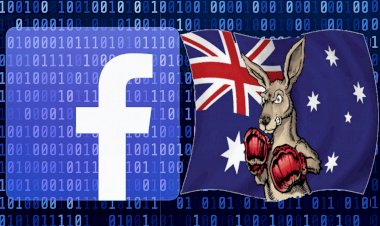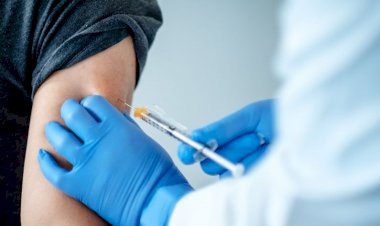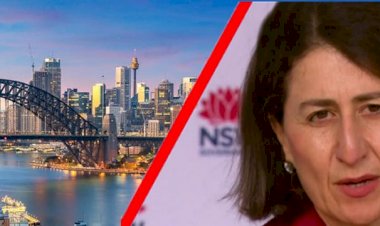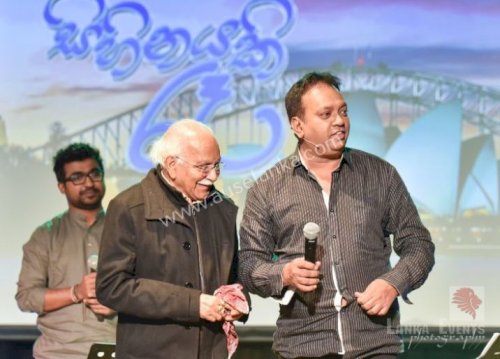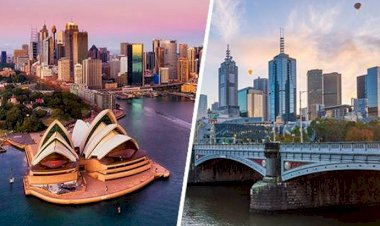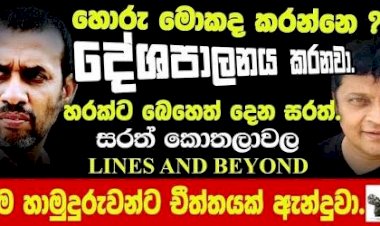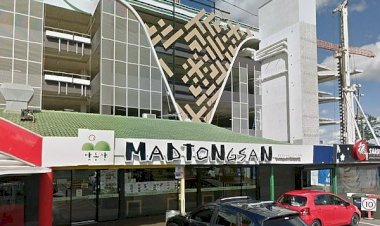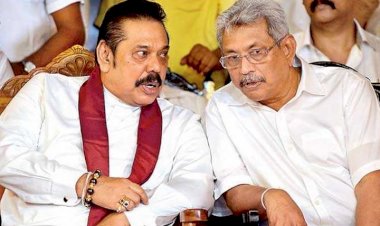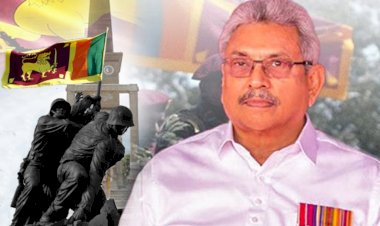Current restrictions to remain in place for at least four weeks

Prime Minister Scott Morrison said on Thursday lockdown restrictions could be rolled back in a month, depending on three key improvements in combating the virus.
That means the current restrictions outlined by the Federal Government around things like gatherings, essential businesses and schools will remain in place for at least that four-week period.
Mr Morrison also said some form of restrictions are likely to remain for the six months through September and social distancing measures would remain in place for the foreseeable future while a vaccine is unavailable.
The Prime Minister said there would be three measures to put in place before lockdown can be lifted including more testing, tracing and local response.
“The first of those is a more extensive surveillance, or sentinel as it’s called, testing regime. So beyond just those who are symptomatic. If we are to move to a different phase when it comes to the restrictions we need an even broader testing regime than we have at this point. Now we have one of, if not the most, extensive testing regimes in the world today but we need to do even better than that to ensure that we can have greater confidence that when we move to a lesser restriction environment, then we can have confidence that we’ll be able to identify any outbreaks very, very quickly and respond to them.
“The second part of that is ensuring that we have an even greater tracing capability than we have now. But we need to lift that to an industrial capability and we need to do that using technology and we need to do that as soon as we possibly can and we will be needing the support of Australians. If we can get that in place, if we can get our tracing capability up from where it is, then that is going to give us more options and Australians more freedoms.
“The third area is that we need a local response capability. We’re seeing this in part now in northwestern Tasmania where we have an outbreak, the Australian Defence Forces, the AUSMAT teams, working together with state authorities have been moving very quickly to contain that outbreak. And there will be other outbreaks in other parts of the country and in all states and territories, we need that ability to move very fast to be able to lock down an outbreak where it occurs and to ensure that it does not transmit more broadly within the community. If we are going to move to an environment where there are fewer restrictions then you need these three things in place.”
He said governments would look at restarting high-value, low-risk economic activity in mid-May if those goals can be met.
“When it comes to the specific economic restrictions that have been put in place, after the next month then there will be the opportunity to review that and potentially make some changes,” he told reporters in Canberra after Thursday’s national cabinet meeting.
“If you move too early and the health response gets out of control, then the economic consequences will be even worse.” He added
Mr Morrison said Australia is in the “suppression phase” of the pandemic and is not in “eradication mode”.
“Nor are we in the other mode which would just see some sort of herd immunity approach. These are not the approaches that we are following in Australia. We are not in the Sweden end, nor are we at the New Zealand end, when it comes to how we are approaching things. And our data and our experience shows that, in that phase, we are doing relatively very well. Particularly over countries that are using even more extreme forms of lockdown.
“But we can’t overstate this success. There is a high number of internationally-acquired cases and that means that we need to look at the numbers in that context. But it is pleasing to know that it is estimated more than half of those who’ve contracted the coronavirus in Australia have actually overcome it, and that is also good news in terms of the actual number of people currently suffering from the coronavirus.”
“arrangements we put in place for childcare, or universities, or private hospitals, JobSeeker, JobKeeper, these are all on this six-month time frame I mentioned before, and that’s over the June and September quarters and you can anticipate they will stay in place for that period of time,” Mr Morrison said.
“We’ve often talked about what is the six months, when does it start, when does it end. This is the June and September quarter. I’ve always considered the six months the period in which we’ve been operating and will be operating these lifeline measures in the economy, which is JobSeeker with the JobSeeker supplement, and JobKeeper. They run for those six-month periods. We have bought that time to find the road out.
“It will be a different world on the other side of the virus and there’ll be many challenges, Mr Morrison said, but “that is a discussion for another day”.
“But between now and as we continue to work through the impact of the virus, the National Cabinet will also have on its agenda the types of things and policy measures that we can take together, working at federal and state level, to ensure we can give our economy every support and, importantly, every freedom to be able to get on and see businesses grow on the other side.”




 mode1
mode1 






